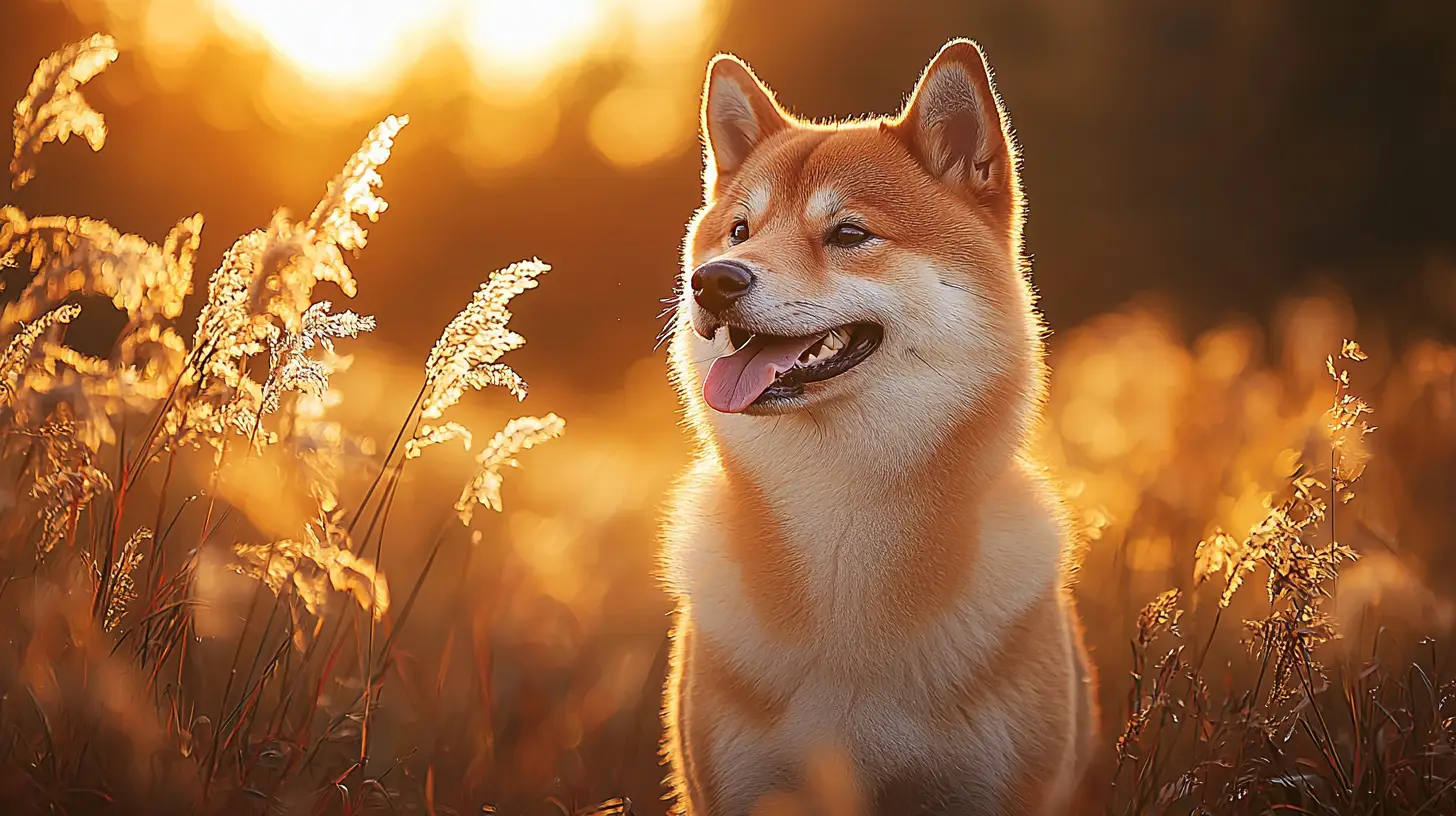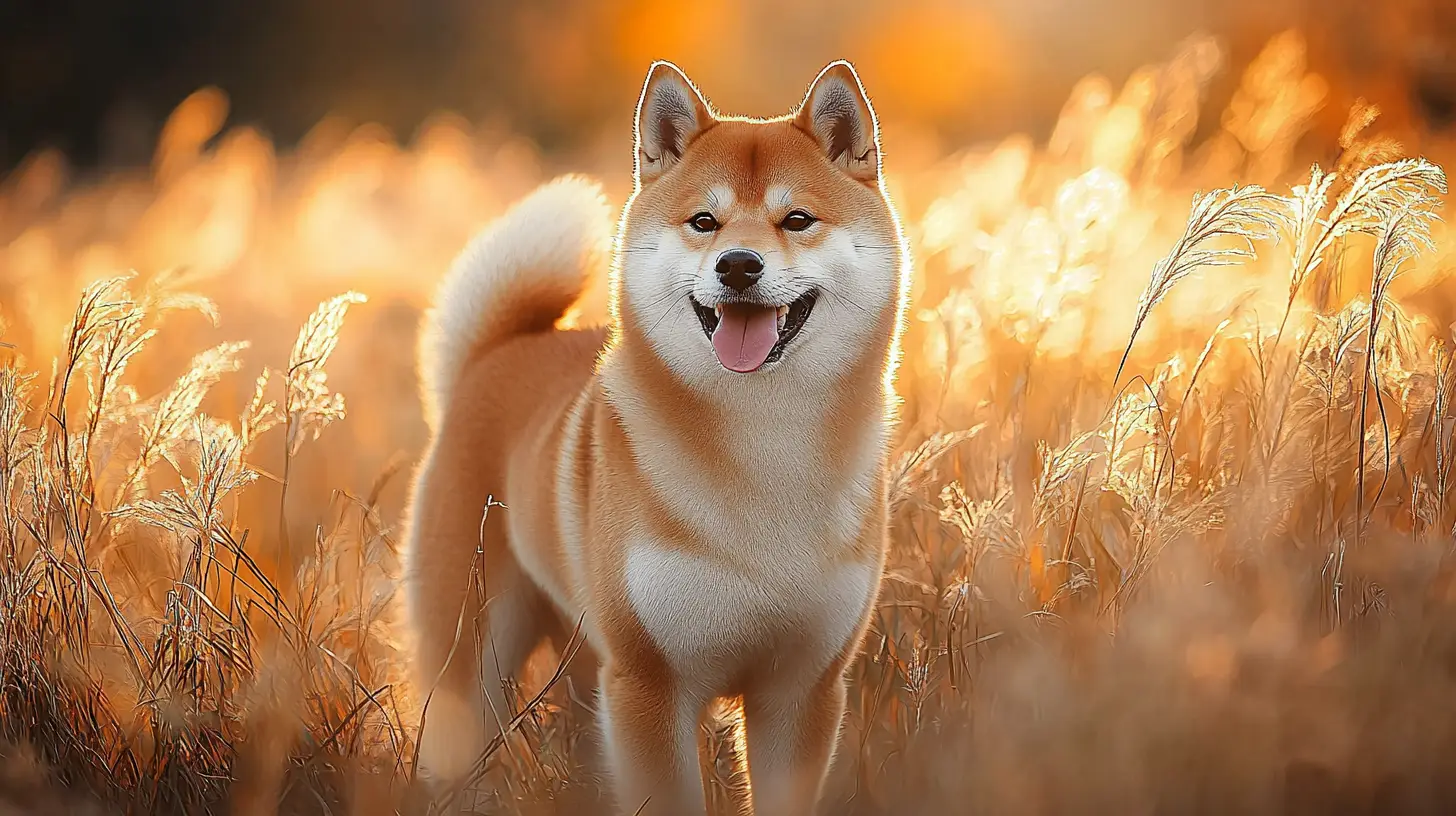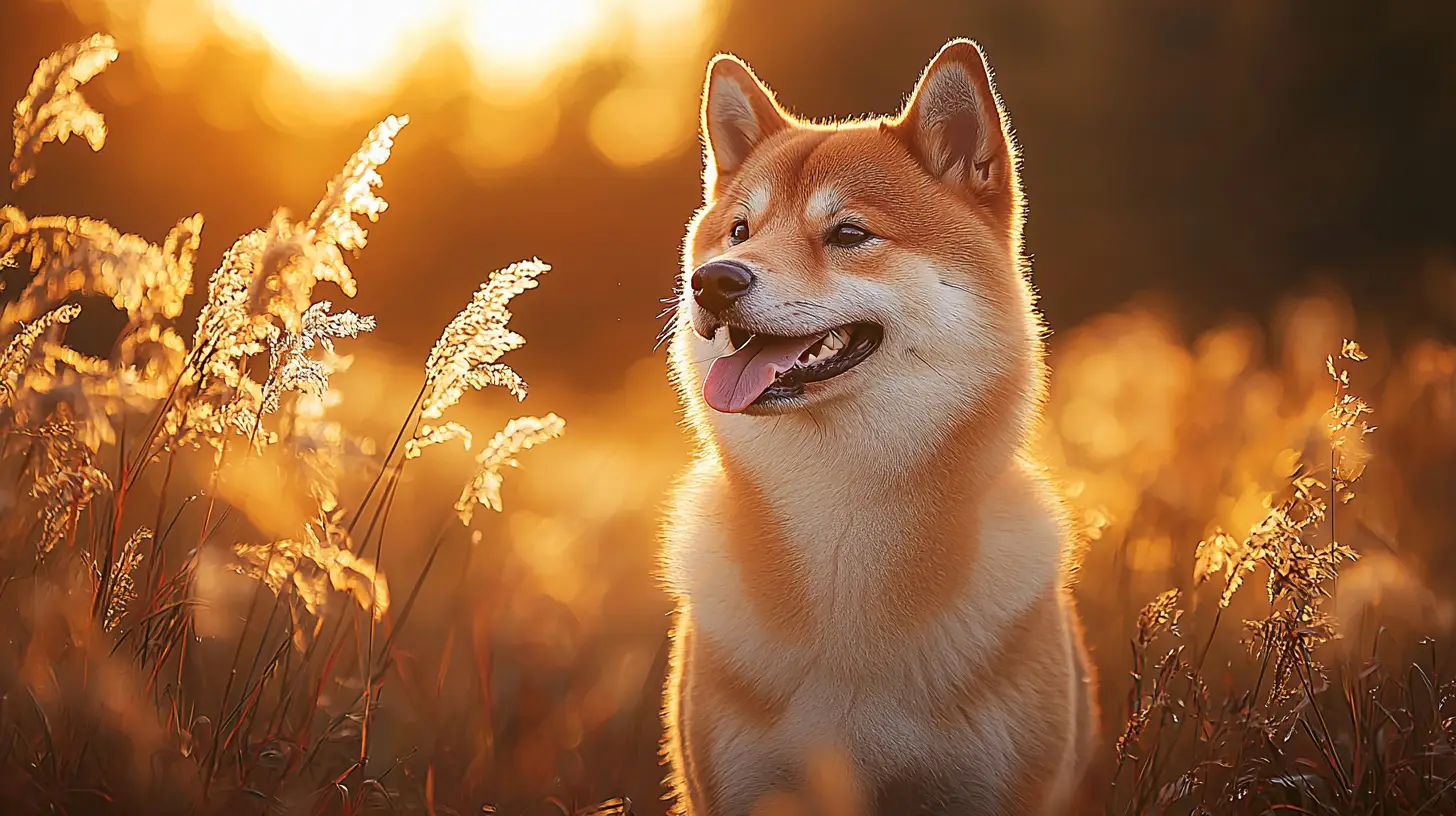The Shiba Inu is a distinct breed known for its independent and spirited personality, often described as cat-like. Originating from Japan, this ancient breed is one of the smallest native Japanese dog breeds but is known for its robust nature. Shiba Inus are adored for their fox-like appearance, with triangular ears, almond-shaped eyes, and a curled tail. While they are compact, their personalities are far from small, exuding confidence, loyalty, and a touch of stubbornness.
If you’re looking for a dog that blends ancient heritage with modern companionship, the Shiba Inu might just be the perfect fit. However, their strong-willed nature requires a specific type of owner who understands and respects their independent streak.
History and Origins of the Shiba Inu Breed
Shiba Inus have an ancient lineage, dating back to 300 B.C. in Japan. Their primary role was to hunt small game, such as birds and rabbits, in Japan’s mountainous regions. The word “Shiba” means brushwood, likely referring to the reddish-brown color of their coat, and “Inu” translates to dog in Japanese. The breed was treasured for its hunting prowess and agility in navigating rough terrain.
During the early 20th century, the breed faced a near-extinction event due to the introduction of European dogs into Japan, which threatened the purity of native breeds. However, in 1928, the Shiba Inu was declared a natural monument of Japan, and efforts were made to preserve the breed. A dedicated group of breeders, led by the Nihonken Hozonkai (Japanese Dog Preservation Society), ensured the survival of the Shiba Inu.
One of the most notable figures in Shiba Inu preservation was a dog named Ishi, whose bloodline helped reinvigorate the breed. Thanks to these efforts, the Shiba Inu continues to be one of the most popular and recognized breeds in Japan and around the world.

Physical Characteristics of the Shiba Inu
Shiba Inus are small but sturdy dogs. Their compact and muscular bodies are built for agility and endurance, making them excellent at navigating rough terrain. They typically stand between 13.5 to 17 inches tall and weigh between 17 to 23 pounds, with males generally being larger than females.
One of the most distinctive features of the Shiba Inu is their fox-like appearance. They have a moderately sized head, with triangular ears that stand upright, giving them an alert expression. Their eyes are almond-shaped, dark brown, and convey a sense of confidence and intelligence. The nose is black, and their muzzle is neither too long nor too short, contributing to their balanced look.
The Shiba Inu’s tail is another defining feature. It curls over their back in a sickle shape, thick and fluffy, adding to their unique silhouette. Their double coat consists of a soft, dense undercoat and a coarse outer coat, which helps protect them from harsh weather conditions. Common coat colors include red, sesame (red with black-tipped hairs), and black and tan, often with white markings on the chest, legs, and face.
Temperament and Personality Traits
The Shiba Inu is often described as a dog with the personality of a cat. They are known for their independence, and unlike many other dog breeds, they do not constantly seek attention from their owners. This independence can sometimes be mistaken for aloofness, but Shiba Inus form strong bonds with their families. They show affection in their own way, often by staying close without demanding constant interaction.
Shiba Inus are intelligent and highly aware of their surroundings. However, their intelligence comes with a streak of stubbornness, making them a challenging breed to train for first-time dog owners. They have a strong will and like to do things their way, which means they require a confident, consistent leader.
Despite their independent nature, Shiba Inus are incredibly loyal to their families. They are known to be territorial and protective, especially around other dogs. This can make them less tolerant of unfamiliar dogs, particularly those of the same gender. Early socialization is crucial to help Shiba Inus develop positive interactions with other pets and people.

Living with a Shiba Inu: Is it the Right Dog for You?
Shiba Inus are not the ideal breed for every household. Their strong-willed and independent nature requires an owner who can establish clear boundaries and provide consistent training. If you’re looking for a highly affectionate dog that loves to cuddle all day, the Shiba Inu might not be the best match.
However, if you appreciate a dog that values personal space and enjoys spending time with their owner in a more subtle way, the Shiba Inu could be a great fit. They are quiet dogs and will only bark when necessary, making them well-suited for apartment living. However, they do require regular exercise to burn off energy and keep their minds stimulated.
Shiba Inus are also relatively clean dogs. They have a natural instinct to groom themselves, much like a cat, and they tend to avoid getting dirty. However, their double coat sheds significantly, particularly during the change of seasons, so regular brushing is necessary to manage the shedding.
Health Considerations and Lifespan
Shiba Inus are generally a healthy breed with a lifespan of 12 to 16 years. However, like all breeds, they are prone to certain health conditions. Some of the common health issues seen in Shiba Inus include:
- Hip Dysplasia: A condition where the hip joint does not develop properly, leading to arthritis and discomfort.
- Patellar Luxation: This occurs when the kneecap dislocates from its normal position, which can cause pain and mobility issues.
- Allergies: Shiba Inus can develop skin allergies that may cause itching, redness, and discomfort.
- Eye Problems: Conditions such as cataracts, glaucoma, and progressive retinal atrophy (PRA) can affect the breed, especially as they age.
Regular veterinary check-ups, a balanced diet, and proper exercise can help keep your Shiba Inu healthy and extend their lifespan.
Training a Shiba Inu: Challenges and Rewards
Training a Shiba Inu requires patience, consistency, and a sense of humor. Their intelligence can make them quick learners, but their independent nature means they may not always obey commands right away. They tend to question authority, so training needs to be firm yet positive.
It’s essential to start training and socializing a Shiba Inu from a young age. Exposure to different environments, people, and other animals will help them develop into well-adjusted adults. Positive reinforcement techniques, such as treats and praise, work best with this breed, as they do not respond well to harsh methods.
Housebreaking a Shiba Inu can be relatively easy, as they are naturally clean and dislike soiling their living space. However, off-leash training can be challenging, as Shiba Inus have a strong prey drive and may take off after small animals if not well-controlled.
Exercise and Activity Needs
Shiba Inus are an active breed that enjoys physical and mental stimulation. While they can adapt to apartment living, they need regular exercise to prevent boredom and destructive behavior. Daily walks, playtime, and mental exercises, such as puzzle toys or obedience training, are essential to keep them happy.
They thrive in environments where they can explore, making them excellent hiking or running companions. However, due to their prey drive, it’s crucial to keep them on a leash during outdoor activities to prevent them from chasing after wildlife.

Grooming and Coat Maintenance
Shiba Inus have a double coat that requires regular grooming, especially during shedding season. Brushing their coat several times a week will help reduce shedding and keep their coat healthy. During the spring and fall, when they shed their undercoat, daily brushing may be necessary to manage the excess fur.
Bathing a Shiba Inu should be done as needed, but not too frequently, as it can strip the natural oils from their coat. Nail trimming, teeth brushing, and ear cleaning are also essential parts of their grooming routine.
FAQs about Shiba Inu Dogs
Are Shiba Inus aggressive?
Shiba Inus are not inherently aggressive, but they can be territorial, especially with other dogs. Early socialization and proper training can help mitigate any aggressive tendencies.
Do Shiba Inus get along with children?
Shiba Inus can get along with children if they are properly socialized from a young age. However, they may not tolerate rough handling, so supervision is recommended when they interact with young kids.
How much exercise does a Shiba Inu need?
Shiba Inus require about an hour of exercise daily, including walks, playtime, and mental stimulation.
Are Shiba Inus difficult to train?
Due to their independent nature, Shiba Inus can be challenging to train. Consistency, positive reinforcement, and early training are key to success.

